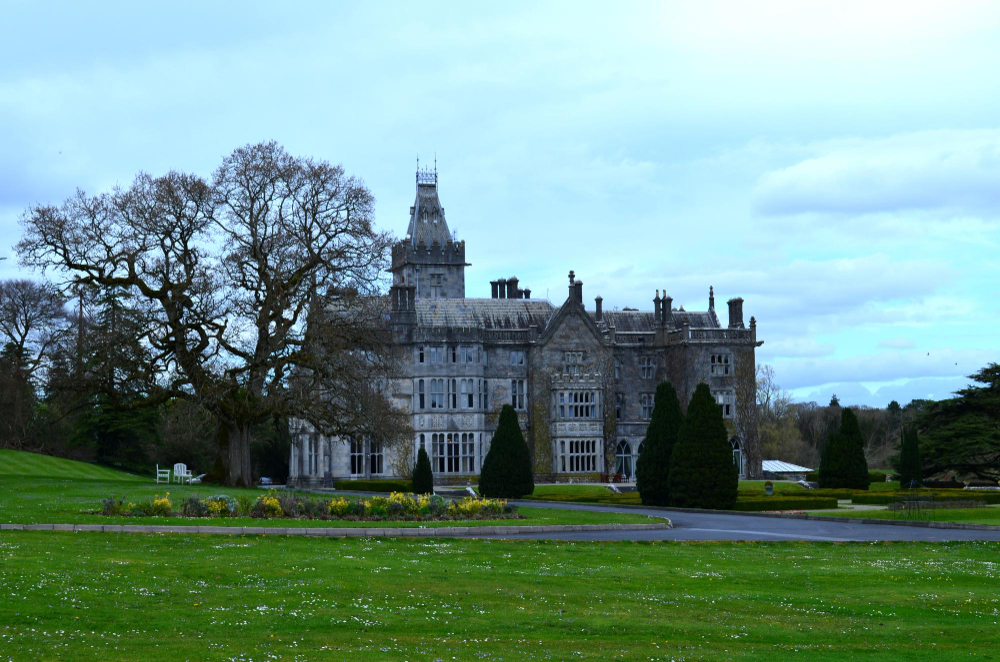Buckingham Palace: Exploring the History of the Queen’s Royal Residence

Buckingham Palace, the official residence of the British monarch, is a grand symbol of royal power and opulence. With its imposing façade, extensive gardens, and numerous rooms, the palace is an icon of British history and culture. It has been the residence of British monarchs since the 18th century and has witnessed countless events of national and international significance. Today, Buckingham Palace is one of the most popular tourist attractions in London, attracting millions of visitors each year. It is a must-visit destination for anyone interested in history, architecture, and the British monarchy.
The Early History of Buckingham Palace
Buckingham Palace was originally known as Buckingham House and was built for the Duke of Buckingham in 1703. The house was located on the site of what is now the palace’s garden. Over the next few decades, the house changed hands several times, with each owner adding their own touches to the building. In 1761, King George III acquired Buckingham House as a private residence for Queen Charlotte. Over the next few years, the king commissioned several renovations and extensions to the building, transforming it into a grand palace fit for a queen. These renovations were overseen by the architect William Chambers, who added several new rooms, including a large ballroom and a throne room.
Buckingham Palace as a Royal Residence
Buckingham Palace became the official royal residence in 1837, when Queen Victoria ascended to the throne. She was the first monarch to take up residence in the palace, and over the next few years, she oversaw several renovations and expansions to the building. One of her most significant additions was the east wing, which was designed by the architect Edward Blore and included the famous balcony overlooking the palace’s courtyard. During Queen Victoria’s reign, Buckingham Palace became the Centre of royal life in Britain. The palace was the site of countless receptions, state banquets, and other royal events. It also served as the monarch’s administrative headquarters, with the palace’s numerous rooms and offices used to conduct official business.
Buckingham Palace in the 20th Century
In the 20th century, Buckingham Palace continued to be an important symbol of royal power and prestige. The palace played a significant role in World War II, with King George VI and Queen Elizabeth choosing to remain in London throughout the conflict. The palace was bombed several times during the war, but fortunately, the building survived largely intact. After the war, Buckingham Palace became an important site for the British monarchy’s international diplomacy. The palace hosted numerous state visits and receptions, with visiting dignitaries treated to a tour of the palace’s opulent State Rooms. In 1953, the palace was the site of Queen Elizabeth II’s coronation, a grand event that attracted global attention and cemented the monarch’s place in history.
Modern-Day Buckingham Palace
Today, Buckingham Palace remains the official residence of the British monarch and a symbol of British history and culture. The palace is open to the public during the summer months, allowing visitors to explore the State Rooms and see the Changing of the Guard ceremony. The palace also houses an extensive collection of art, furniture, and other treasures, many of which have been in the royal family for generations. Despite its grandeur and historical significance, Buckingham Palace is not without its controversies. In recent years, the palace has faced criticism over its cost and its role in modern British society. Some have called for the palace to be opened up to the public year-round, while others have questioned the need for such an expensive royal residence in an age of austerity.
Conclusion
Buckingham Palace is more than just a grand building – it is a symbol of British history and culture, and a testament to the enduring power and prestige of the British monarchy. From its humble beginnings as Buckingham House to its current status . As a tourist attraction, Buckingham Palace attracts millions of visitors each year, who come to marvel at its opulent State Rooms, stroll through its extensive gardens, and witness the spectacle of the Changing of the Guard ceremony. For anyone interested in history, architecture, and the British monarchy, a visit to Buckingham Palace is a must.
FAQs
Q: Is Buckingham Palace open to the public year-round?
A: No, Buckingham Palace is only open to the public during the summer months, typically from late July to early October. During this time, visitors can explore the State Rooms and gardens, and witness the Changing of the Guard ceremony.
Q: How much does it cost to visit Buckingham Palace?
A: The cost of visiting Buckingham Palace varies depending on the type of ticket you purchase and. It’s worth noting that tickets often sell out quickly, so it’s best to book in advance.
Read More: From Idea to Success: Tips for Starting a Business in the UK











